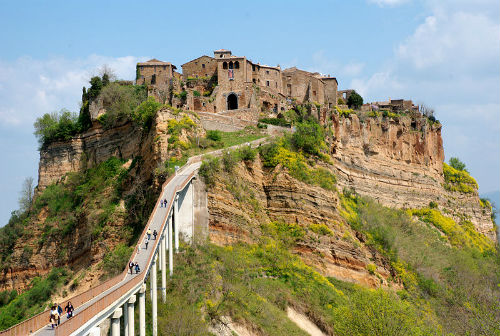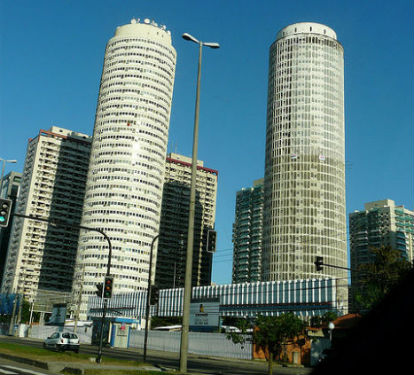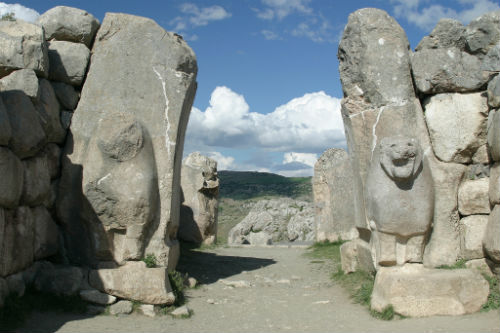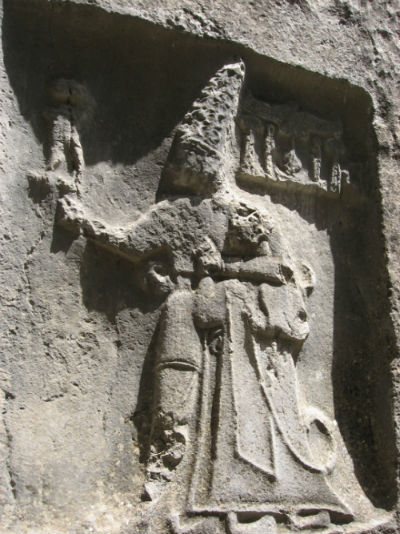Another installment in our series on abandoned places in the world.
1. Civita di Bagnoregio, Lazio, Italy
Nicknamed “the Dead City,” Civita di Bagnoregio was founded by Etruscans over 2,500 years ago. Located in Central Italy and accessible only by a long stone walkway (no wonder Italians are so thin), the city’s decline began in the 17th century due to major earthquakes. Currently populated by 12 people, the city largely serves as a travel destination.
2. Torre Abraham Lincoln, Rio de Janeiro, Brazil
Construction on the two circular 36-story towers remains empty and unfinished since construction was halted in 1974. Conceived as the centrepiece of Lucio Costa’s modernist plan for the region, the Torre Abraham Lincoln buildings were intended to be the first in a series of 76 individual towers. The plan was eventually abandoned due to poor material choices and the inability to secure enough of the project’s land due to private ownership.
3. Johnston Atoll, North Pacific Ocean
In the words of Buffy Sainte-Marie (and shame on you if her name doesn’t ring a bell), “And he’s fighting for Canada. He’s fighting for France. He’s fighting for the USA. He’s fighting for the Russians. And he’s fighting for Japan. And he thinks we’ll put an end to war this way,” Johnston Atoll is a coral island that was under the control of the American military for nearly 70 years. Primarily used as an airbase, the site also served as a naval refuelling depot, a weapons testing area and a facility for chemical weapons disposal. The base was closed in 2004.
4. Hattusa, Turkey
Declared a Unesco World Heritage Site in 1986, Hattusa was the former capital of the Hittite Empire. Founded around 2,300 BCE, the city and Hittite state were eventually destroyed around 1,200 BCE, as part of the Bronze Age collapse.
5. Zeche Hugo Mine, Gelsenkirchen, Germany
Zeche Hugo Mine is a former coal mine located in Gelsenkirchen, Germany. Founded in 1873, the mine was in operation until 1997. Known for its large hall of “bird cages,” (officially known as Kaues), the devices were used to hold workers clothing and possessions during their shifts.
For previous entries, please click here.











